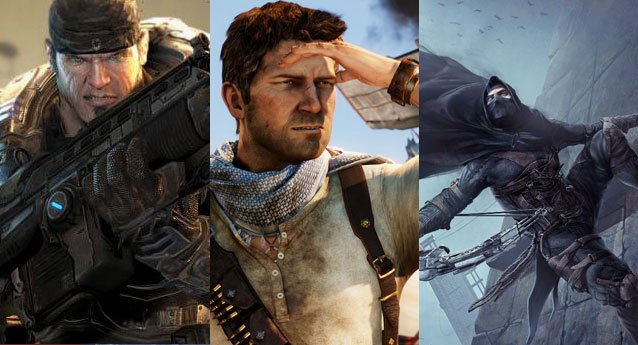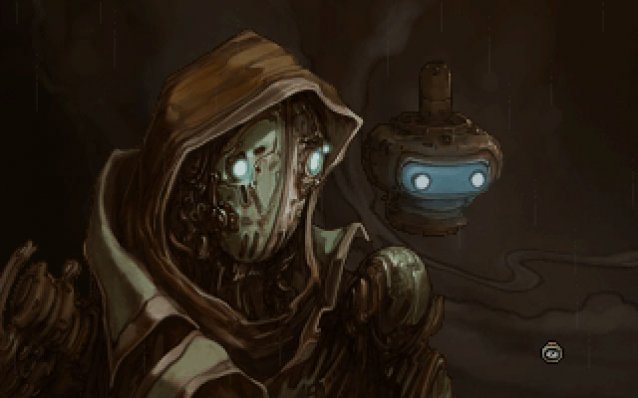

Jeff Schille of Game Rant reviews Rayman 3 HD
Rayman first appeared in an eponymous, hyper-colorful side scrolling platformer back in 1995, and promptly established Ubisoft’s Michel Ancel as one of the most gifted designers in the industry. Four years later, Rayman 2: The Great Escape brought the limbless protagonist into 3D for the first time, and managed the unlikely feat of being even better than the first game, raising the bar set by Mario 64 a few years earlier.
Despite the accolades piled on Ancel’s work, Rayman lagged in popularity behind Nintendo’s portly plumber, a situation Ubisoft was no doubt eager to change. Enter Rayman 3: Hoodlum Havoc, a highly commercial, big budget 3D platformer with voice work from Ice Age’s John Leguizamo as Rayman’s pal Globox. Ancel, notably, was not involved, having moved on to Beyond Good & Evil. History has pretty well sorted out which is the better game. Still, in the wake of the positively brilliant Rayman: Origins, Ubisoft has turned to the same team responsible for Beyond Good & Evil HD to update Rayman 3. The result, Rayman 3 HD, is now available from PSN and XBLA. Has time (and technology) been kind to Rayman’s third adventure? Read our review.
It should come as no surprise that Rayman 3’s visuals benefit most from the HD upgrade. Rayman 3 HD runs in widescreen at a constant 60 frames per second, and the game’s textures have been lovingly updated for current consoles. There is a painterly touch to the game’s texture design and color pallet which always looked nice — there has never been a bad-looking Rayman game — but really shines in high definition. Textures often have an embossed appearance that adds a nice layer of tactile reality to Rayman’s lush fantasy landscape — check out the Rayman 3 HD announcement trailer for examples.
Still, none but the very youngest players will mistake Rayman 3 HD for a current generation title. Neither the game’s environments nor its characters are really up to today’s standards — it’s all too easy to spot the polygons on Rayman and Globox — though there is no question that Rayman 3 looks leagues better now than it originally did. The exception to that rule is the game’s rendered cinematics, which do not look as good as the in-game graphics. The up-converted videos occasionally sport a distracting amount of compression artifacts.
Ubisoft Shanghai has spruced up the game’s audio, as well, though with slightly less impressive results. There used to be a warning on CD reissues of old recordings noting that the format’s enhanced fidelity might reveal limitations of the source material, and that disclaimer would be apt here. Rayman 3 is, uncharacteristically for the series, a talky game, and the voices don’t sound quite as crisp as in modern titles. The same can be said of the game’s diverse musical soundtrack. Still, in terms of updating the audio/visual assets of a game that is nearly ten years old, Rayman 3 HD has to be considered a success.
Unfortunately, that same appraisal can not be applied to the game itself. Simply put, Rayman 3 remains the weakest of the primary Rayman games, and the bump in resolution and framerate has done nothing to alter that fact.
There are a number of problems, but towering over them all is a truly atrocious camera. In situations where the camera sits more or less directly behind Rayman, things work well enough. Sadly, that is rarely the case. The problem is that the camera constantly struggles with the game’s environment, sticking on whatever bit of geometry happens to be present. Needless to say, this makes manual control of the camera both a necessity and a chore.
In Rayman 3, Rayman can target enemies and curve his punches around obstacles — in fact, it’s one of the game’s primary mechanics. As enemies often use projectile attacks, it’s a good idea to situate Rayman behind some kind of cover. But, as Rayman moves around, the camera often sticks to the cover he was using, leaving players unable to see Rayman as the enemies attempt to gun him down. Even in non-combat situations, the camera literally has trouble keeping up — more than once, as Rayman entered a door in the game, the camera couldn’t navigate the doorway and remained outside.
Control problems abound. The game’s lock-on targeting is, at best, inconsistent. At its worst, it’s borderline-useless, failing to target enemies that are directly in front of Rayman in favor of some unseen environmental object or distant foe. Despite running at a solid 60 frames per second, control is slippery throughout Rayman 3, especially where jumping is concerned. Sometimes, Rayman will grab the ledge in front of him. Other times, tough luck. Yes, players can come to grips with the control shortcomings, but they shouldn’t have to.
There are broader issues as well. Rayman 3’s brash, sarcastic humor is completely at odds with the charming, endearing games that make up the majority of the Rayman catalog. The wall to wall voice-over is grating and unfunny, though it is more a failure of writing than voice acting. Worst of all is a rendered cutscene that relies on straight-up racial stereotyping for humor, recalling Mickey Rooney’s reviled turn in Breakfast at Tiffany’s.
The strongest argument in favor of Rayman 3 HD is that it offers a lot of content for its $10 dollar price-tag. It’s a long game (Ubisoft estimates 15 to 20 hours), made even longer thanks to bonus games that include everything from an old-school 2D platforming level to a first-person shooter. Still, there are simply much better examples of the genre available for download on both Xbox 360 (Banjo Kazooie: Nuts & Bolts) and PlayStation 3 (Jak & Daxter: The Precursor Legacy, Sly Cooper and the Thievius Raccoonus). Despite it’s updated visuals and sound, Rayman 3 HD is a game that is best left to the past.
Rayman 3 HD is available now for PS3 and Xbox 360. Game Rant played the PS3 version for review.
–
Follow me on Twitter @HakenGaken




 6 Things You Must Know When Buying a Vinyl Turntable
6 Things You Must Know When Buying a Vinyl Turntable Destiny Prison of Elders Guide: How to Beat Valus Trau'ug
Destiny Prison of Elders Guide: How to Beat Valus Trau'ug Kingdom Hearts 358 2 Days Guide
Kingdom Hearts 358 2 Days Guide Primordia Review: A human story in a human-less world
Primordia Review: A human story in a human-less world Evolve: Markov, Hyde, Parnell - Master Assault Class
Evolve: Markov, Hyde, Parnell - Master Assault Class